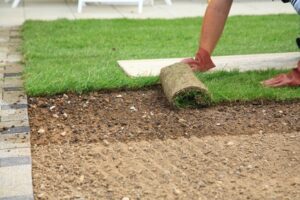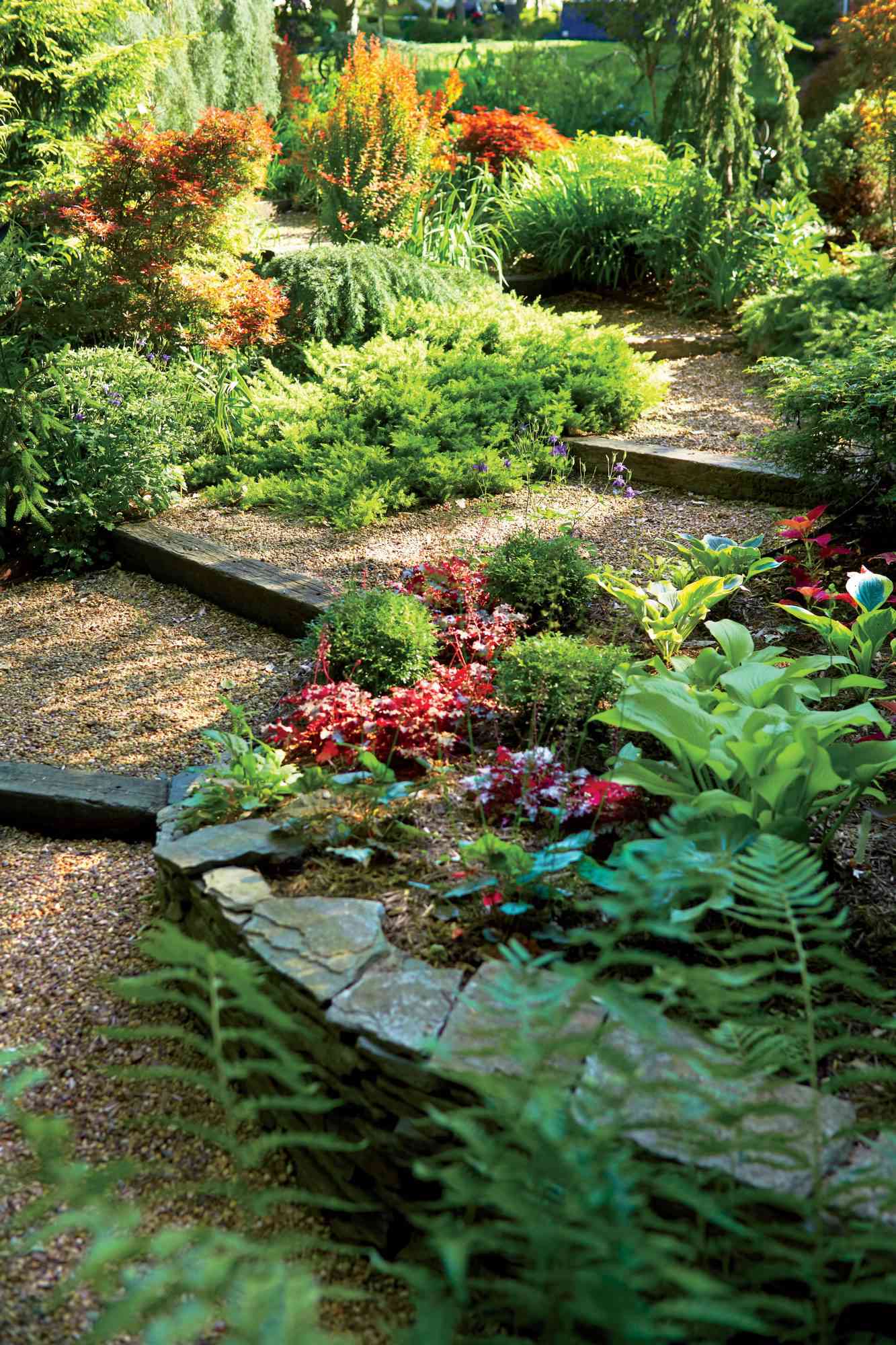What Are the Different Types of Siding?
Siding enhances a home’s beauty and provides tough protection from the elements. Its low maintenance enables homeowners to spend their free time doing what they enjoy instead of labor-intensive sanding, painting, and scraping.
The material chosen and the size of your house impact the total price for siding installation. Location and climate are also factors that contribute to the cost. Contact Charleston Siding Pros now!

A profile is a detailed view of a surface that reveals its shape. It’s often used to describe the shape of a person’s face, but it can also refer to other surfaces or shapes. When a person or object is described as having a “good profile,” it means they have an attractive shape.
Siding is a protective material attached to the exterior of homes and other structures, such as multifamily dwellings. It protects against weather and other intrusive elements and adds to a building’s aesthetic and functionality. A siding’s profile can be created in a variety of ways. One common method is scoring a panel or material with a utility knife, which weakens the panel and allows for a clean, controlled break along that score line. Another method is using a tool called a snaplock punch to form lugs on a panel that allow it to interlock with adjacent panels.
Other types of siding include clapboard, which features horizontal boards that overlap each other to create a solid surface; beaded lap, which has a thicker bottom edge; and tongue and groove, which offers a more polished appearance. Some siding is even made of metal, such as galvanized steel, which is ideal for use in load-bearing elements in construction projects due to its strength and durability.
The nailing hem is a specialized area found on the edges of a siding panel or trim that’s precisely designated to accommodate fasteners during installation. This specialized region serves as a key component in the attachment process, ensuring that a siding or trim element will be securely and reliably affixed to its underlying structure. It’s a necessary step in achieving a high-quality finished product and minimizing damage to the material during installation.
Soffit
The soffit may be a small part of your house, but it plays an important role in ensuring your home is protected from mold, mildew and moisture. Properly installed soffits prevent these issues by properly ventilating your attic space and eliminating the moisture that can cause costly repairs. Additionally, soffits can be custom-made to complement the architectural style of your home, adding both aesthetic value and durability.
There are a variety of materials from which soffits can be made. Wood soffits are a common choice for homeowners who want to achieve a traditional look for their homes. However, wooden soffits need to be painted frequently to ensure they are resistant to rot and insect activity. Aluminum and steel soffits are another option for homeowners who are looking for durable and low-maintenance solutions. Aluminum soffits are lightweight and resist corrosion, while steel soffits offer superior strength and durability.
Lastly, vinyl soffits are a good choice for homeowners who want a more modern look. They are durable and easily adapted to many different aesthetic styles. Additionally, they are resistant to rot and insects, making them an excellent long-term investment for your home.
The soffit can be finished with a variety of materials, including stucco, gypsum board, wood cladding, or metal cladding. In general, soffits finished with stucco require a fire-rated substrate such as PermaBASE cement board or eXP sheathing, while gypsum boards finished with stucco and cladding can be used on most building types.
Flashing
Flashing is a waterproof membrane that’s installed in wall and roofing applications to help prevent water from entering the construction materials. It does this by collecting pooling moisture, directing it away from the area, and creating a barrier to stop water damage. There are several different kinds of flashings, depending on the location and purpose, but all serve the same function.
Roof flashing is typically a roll of metal, like copper, aluminum, or galvanized steel that’s placed in the wall or roof valley where two slopes intersect. It’s often covered with shingles for aesthetic purposes, but it can also be used in high wind areas to resist uplift from the elements.
Vents and pipes protruding from the roof need to have flashing applied, too. This is usually a piece of metal with a central spout opening, either made from metal for the vent opening or with a rubber compression fitting that wraps around a pipe to create a watertight seal. Flashing also covers the joints where a wall meets a dormer or other protrusion on the roof, such as a chimney.
There are even flashings that can be used for siding. For example, stucco is a plaster-like siding material that requires no joints, but it’s not a great choice in wet regions because moisture can easily get behind the wall. It’s best to use a self-adhering flashing membrane instead for these types of walls.
There are some non-wood synthetic sidings that can be used for homes, but they’re relatively new and not as widely available as the more traditional wood varieties. They tend to be more expensive and require a professional installation, but they do offer longevity and resistance to the elements.
Furring Strips
Furring strips create a buffer between the wall surface and the finish material. This allows for the installation of insulation, utilities in the wall, and moisture prevention. They are also used as a means to ensure that the material being attached to the wall is straight, plumb, and true.
A furring strip can be made of a variety of materials, but wood is most common due to its availability and cost-effectiveness. Other options include spruce, pine, and fir, as well as plywood and other engineered plastics. Each type offers its own unique properties, but all are designed to be lightweight and easy to work with.
When choosing a material for a furring strip, it is important to consider the climate where the building is located. For instance, if the area is exposed to extreme weather, it may be wise to select something like pine over spruce as it will not rot as easily.
Once the material is chosen, a series of pilot holes must be drilled into the concrete or masonry in which the furring strip will be installed. These pilot holes should be consistent with the recommended diameter for the fastener manufacturer, and should be spaced appropriately to allow for the desired amount of furring strip thickness.
Finally, the first furring strip is positioned against the wall and nailed in place. Once the first strip is in place, it can be nailed to other furring strips in order to maintain the desired spacing between them.
Depending on the desired outcome of a project, furring strips can be used in a variety of ways to enhance the finished look of a home or office. For example, they can be wrapped with housewrap to help slow the occurrence of mold and mildew or placed behind a beautiful Advantage Rainscreen siding panel to protect against moisture damage.
Trim
Trim is the material used to cover gaps between transitions in building materials, such as floorboards and drywall or window casings and a wall. It can be decorative or protective and comes in a variety of materials. According to Sarah Caperton, director of siding innovation and commercialization for LP SmartSide, gray trim is a popular choice because it can blend seamlessly with most neutral siding colors. Conversely, black trim can be a bold statement piece against lighter siding colors.
Plastic trim is available in a wide range of abrasion-resistant materials. Common varieties include edge trim, internal ornamental trim, fender flare trim, drip rail trim, U trim and J trim. It’s used extensively in construction for various purposes, including protecting bumpers and guards against sharp corners and edges. The automotive industry uses custom trims for exterior and interior fenders, while the appliance industry utilizes elastic vinyl and PVC trim for microwave oven doors and refrigerator sealants.


